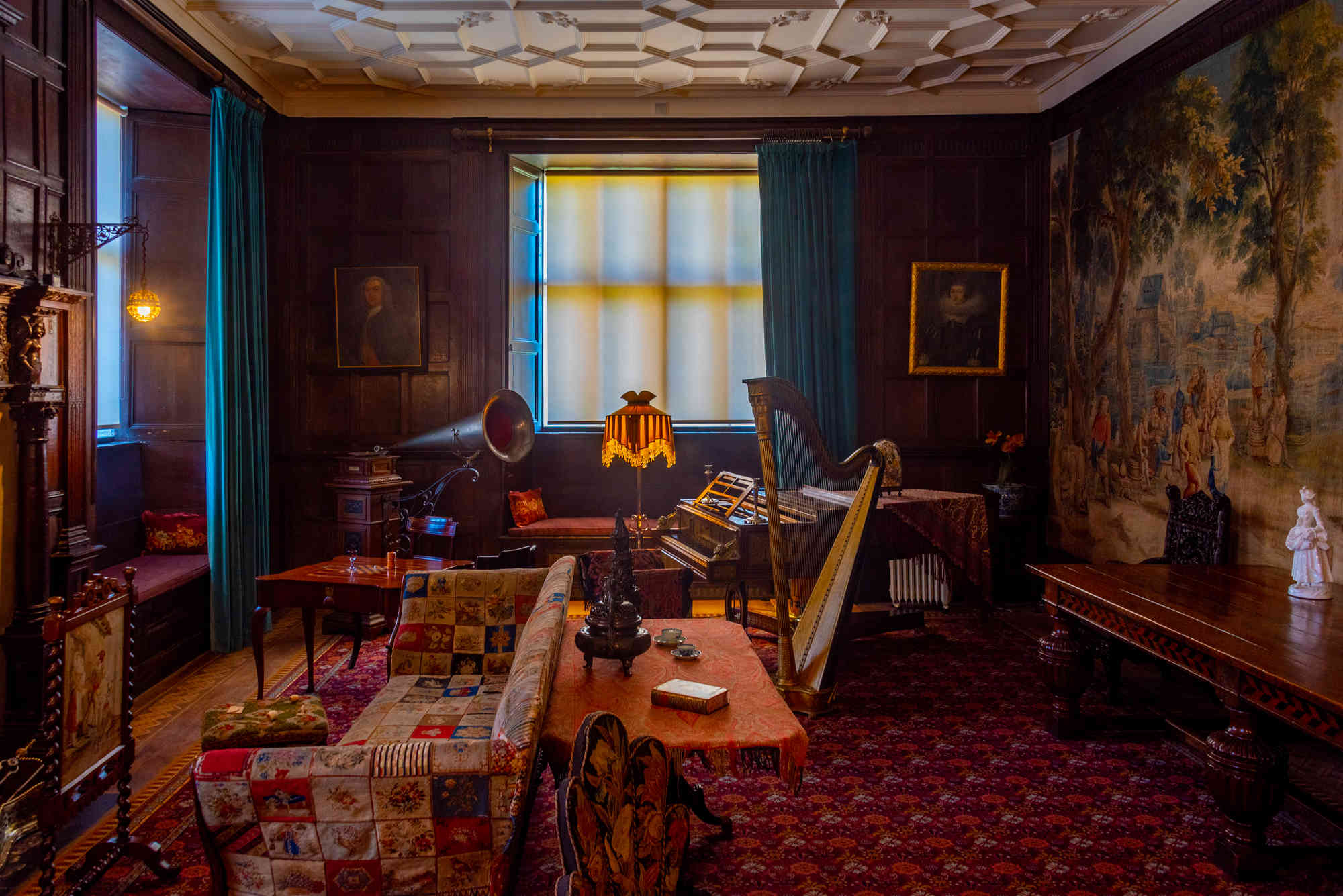Therefore, travelers can start with the Land of Legends, Lejre, Zeeland in Denmark. In this place, the stories told cover thousands of years of Danish culture, especially between the 1800s and the Viking Age. It also includes the Iron and Stone Ages. Many historic farms beautifully recreate buildings, boats, daily tasks, and crafts for this. ►
Therefore, travelers can start with the Land of Legends, Lejre, Zeeland in Denmark. In this place, the stories told cover thousands of years of Danish culture, especially between the 1800s and the Viking Age. It also includes the Iron and Stone Ages. Many historic farms beautifully recreate buildings, boats, daily tasks, and crafts for this. Tourists can ride a Stone Age canoe, grind flour to bake bread, chop wood, throw weapons or watch pottery being made. Others may be amazed by a Viking combat training session. Further on, the Ecomuseum will welcome visitors to France and, more precisely, to Alsace. There, an Alsatian village dating back a hundred years is recreated and allows travelers to enter the old houses filled with furniture, clothes, and household accessories of the time. Nature lovers will have the opportunity to stroll through the beautiful gardens, and with some luck, they will see storks nesting on the roofs or a flock of geese. In addition, they will be able to see the demonstrations of a blacksmith and a potter or ride a boat or even a horse-drawn wagon. A little further on, the Kommern Museum in Germany celebrates Germany\'s legendary inhabitants. There are historic buildings and an old market that are highlighted. As for the re-enactors, they assume the roles of wheelwright, peasant, mousetrap, blacksmith, or peddler, among others. The greediest will be able to satisfy their taste buds with freshly baked bread in a wood-fired oven and have a clear idea of the dishes that were prepared in the past. In addition, they can tour the farm to see the animals and the gardens to observe what was grown then. After that, tourists can start a taste discovery in the restaurant, which allows them to taste regional dishes from the Eifel, Bergisches Land, Bas-Rhin, and Westerwald. In Wales, the National History Museum in St. Fagans celebrates Welsh life and history dating back centuries. Thus, travelers can go to the castle and gardens of St Fagans of the sixteenth century. They will also be able to visit the 40 other historic buildings on site: houses, mills, a working farm with native cattle, a bakehouse, a tannery, an open institute, and an old hotel, among many others. Then there\'s the Living Ulster American Folk Park in Northern Ireland to discover. In this location, travelers will learn more about Northern Irish immigrants\' migration experiences in North America. They will find cottages and log cabins with an Ulster thatched roof, but also costumed staff demonstrating how traditional craftsmanship was made. The more adventurous can board a life-size ship to have a semblance of discovery of the crossing of the sea in the nineteenth century. Further afield, in the boxcars and farms of the U.S. border, it will be an opportunity for tourists to learn more about the lives of immigrants. Speaking of the United States, the next destination for tourists is in Virginia at the Williamsburg Colonial Exhibition site. It is the largest living history salon in the world and features a city recreated to show British colonial life during the 1700s. The interpreters highlight historical figures, and the masters of the trade, accompanied by their apprentices, are open to explaining their tools and working techniques to the travelers. Those who detour to Asia should not miss the Penghu Living Museum. It highlights the customs and culture of Penghu, and tourists will find a collection of objects, documents, and ecological landscaping, among other wonders. ◄
